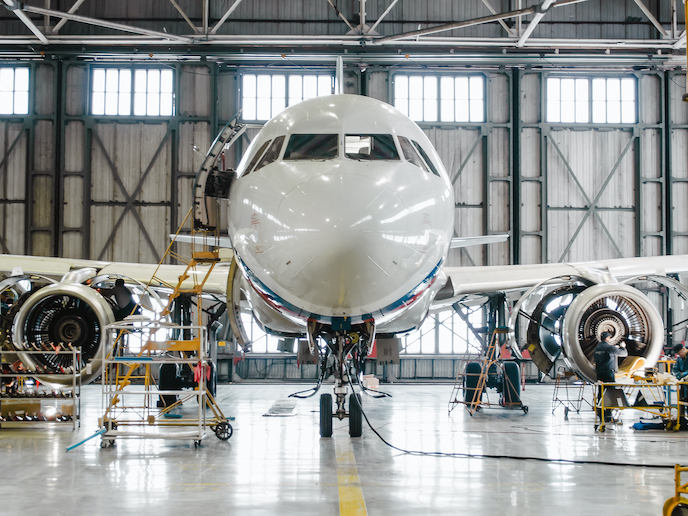Carbon-fibre recycling breakthrough benefits industry
Carbon fibre-reinforced polymers(opens in new window) are composite materials used extensively across a range of demanding engineering applications, most notably in aircraft and spacecraft construction. They are also used in other sectors where strength and lightweight are prized, such as high-quality sports goods manufacturing and automobile components. “In general terms, polymer matrices are relatively weak,” explains CUSTOMISIZE(opens in new window) project scientific manager Marc Martín from Leitat(opens in new window) in Spain. “Reinforcing polymers with stiffer carbon fibres significantly enhances the strength of the final composite, without compromising weight.”
The recycling challenge
Recyclability is a key issue. More than 30 % of all carbon fibres produced end up as waste at some point during the manufacturing process, or as end-of-life components. If this could be addressed, it would present a significant environmental and economic opportunity for energy-intensive industries such as aviation. However, one of the main challenges to date has been obtaining recycled carbon fibre keeping the same mechanical properties as virgin carbon fibre. “The performance of any composite material is strongly linked to the adhesion between the host matrix and the reinforcing fibre,” notes Martín. “Recycled carbon fibres commonly possess less than a quarter of available surface oxygen compared with virgin fibre – this leads to a reduction in adhesion.” The technical complexity of overcoming this, together with industry demand for the very highest quality material, has led to a lack of industry acceptance of recycled material for high-end applications, such as aircraft.
Benefits for industry
To address these challenges, the CUSTOMISIZE project focused on identifying and developing new processes and methods to recover used carbon fibre. It also sought to improve the adhesion between carbon fibre and polymeric matrices, by coating each individual fibre with a homogenous thin coating applied during the manufacturing process (a process called sizing). “First, we reviewed the current scientific literature regarding carbon fibre surface treatments,” says Martín. “Taking into account the state of the art, we then developed several sizing processes for different polymer matrices.” The next step was to produce reinforced composites, incorporating the recycled carbon fibre together with the newly developed sizing techniques. Recycled material came from two different recycling processes – steam water thermolysis(opens in new window) and pyrolysis(opens in new window). Finally, mechanical tests on the composites were carried out, to compare sizing performances. The project confirmed that achieving high-end mechanical properties with recycled carbon fibre remains a challenge. But despite the difficulties, several important discoveries have been made. For example, certain carbon fibres recycled via pyrolysis demonstrated better mechanical properties than material sourced via steam water thermolysis. Advances were also made in improving carbon fibre sizing application methods. “The next step is to scale up our sizing treatments from lab to pilot plant scale,” adds Martín. “This will help to demonstrate more potential end uses such as car dashboards and sport goods.” Aviation – one of the fastest-growing sources of greenhouse gas emissions – will remain the key potential market. Motivated by weight reduction and fuel efficiency, the aviation sector is the biggest consumer of carbon fibre. “Over the next 20 years, roughly 12 000 aircraft will reach their end of service,” notes Martín. “There currently isn’t an efficient process to recycle valuable components reinforced with carbon fibres. Our hope is that the results obtained, and lessons learnt during the CUSTOMISIZE project will lead to more efficient and profitable carbon fibre recycling processes in the future.”







